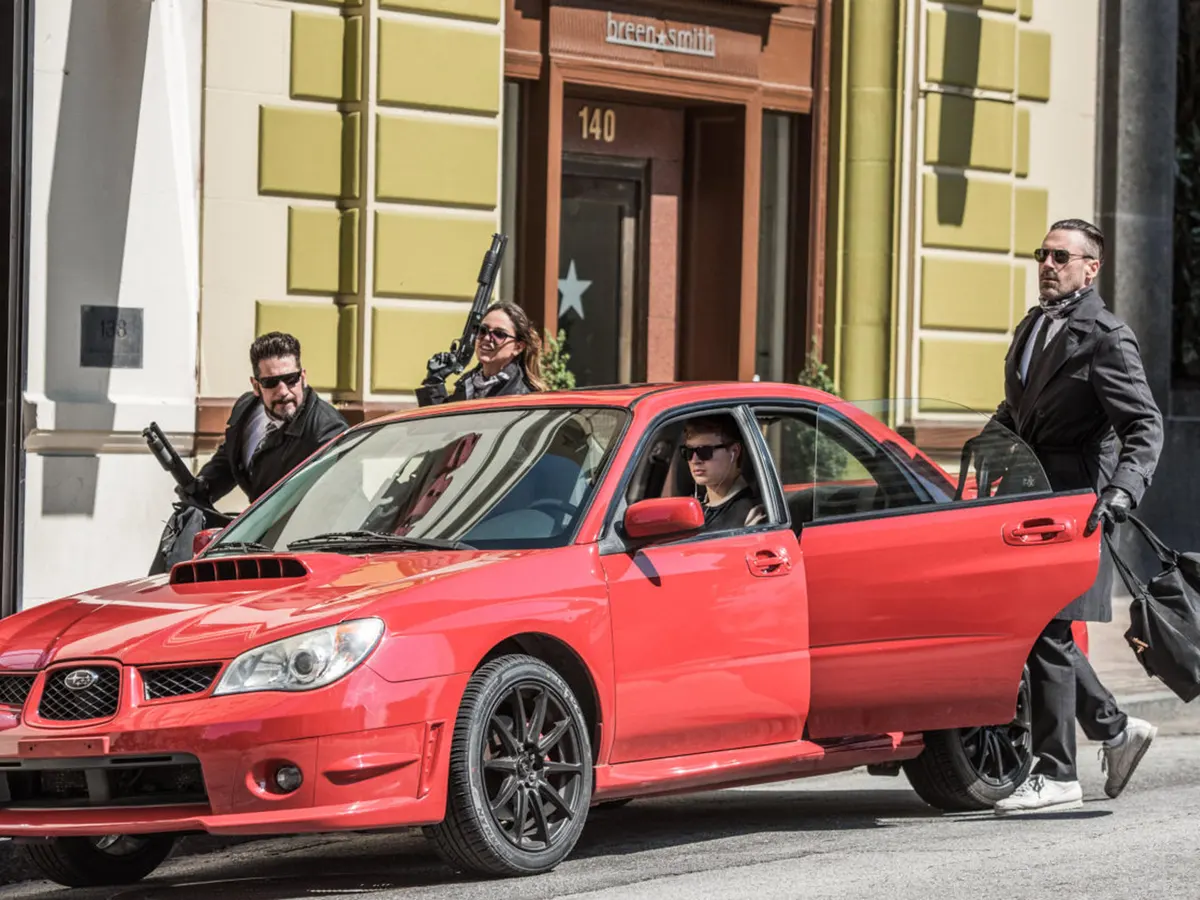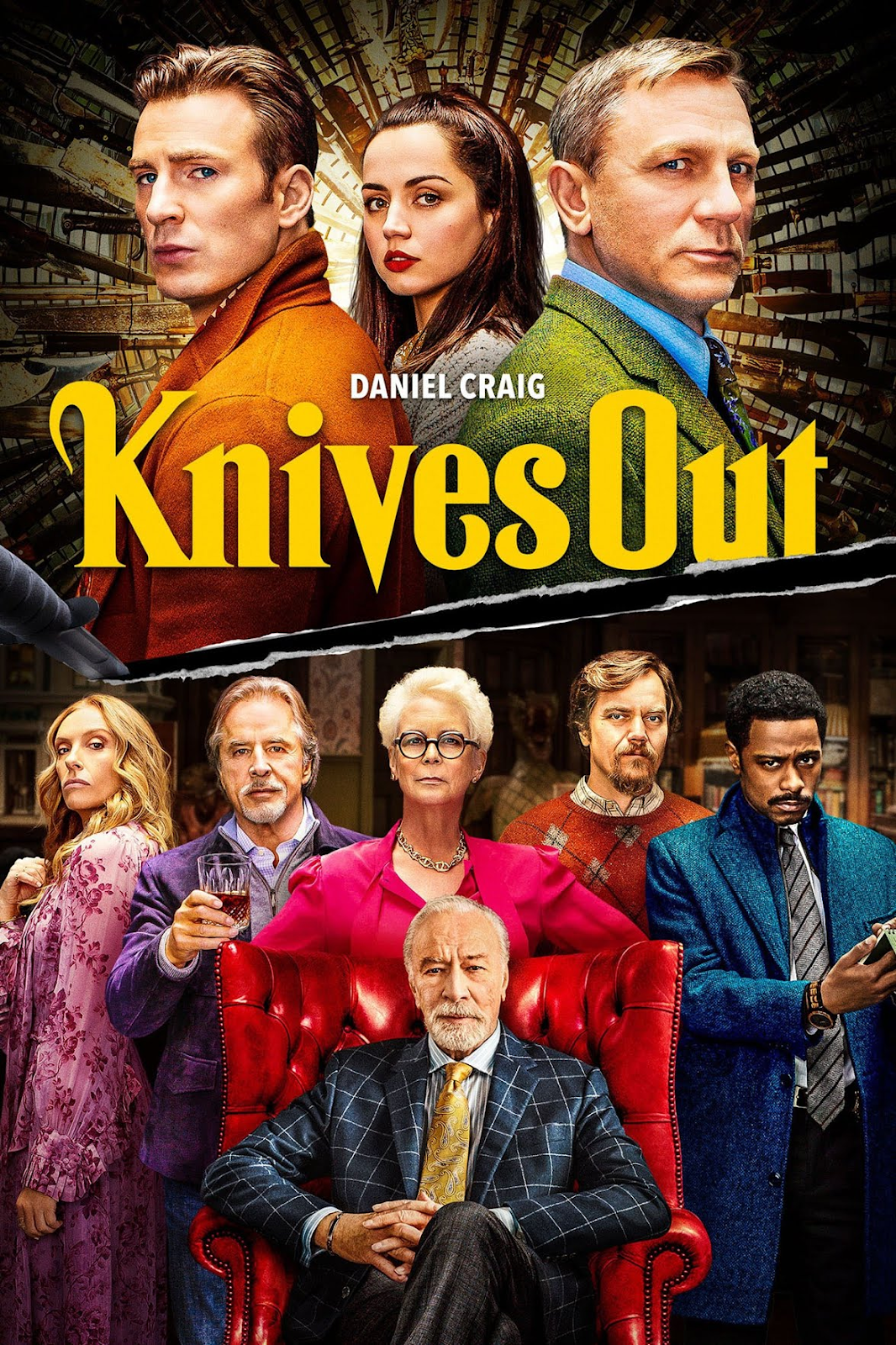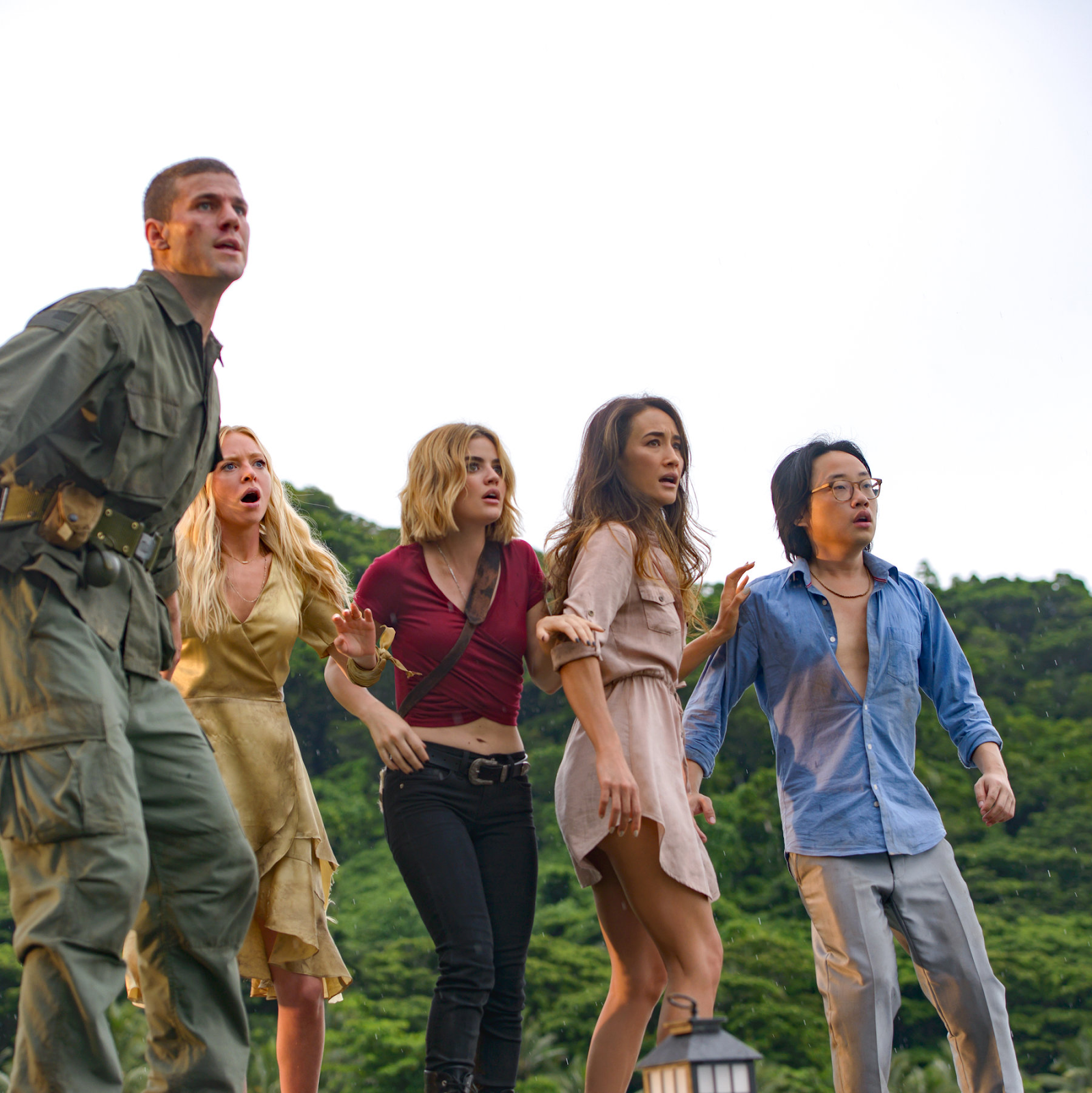Genre Blog: Action
Camera Angles
Common camera angles in action movies are eye level and low angle. The eye level shot allows for the viewer to see the action without influence of the actor’s emotions. The low angle shot intensifies the scene in where whatever is in the frame is perceived as powerful.
Camera Shots
Extreme close ups and long shots are typically used in action movies. Extreme close ups really focus in on the character’s facial expressions allowing the viewer to create inferences. Long shots allow for the viewer to see how the character is moving around their environment.
Camera Movements
A commonly used camera movement in action movies are 360-degree motion. This is a 360-degree shot around the entire set which allows the viewer a full view of the set.
Mis-En-Scene
In an action movie the costumes are commonly either superhero costumes or combat outfits. The lighting is low to give off a sense of danger to the viewer. Traditionally make-up is used to make cuts and bruises on the characters. Props found in action movies are usually weaponry and heavy machinery. The setting is commonly urban locations or major cities.
Sound
Common sounds in action movies are non-diagetic sound. These sounds are usually music to raise tension and diagetic sounds like gunfire and explosions.
Editing
The editing commonly used in action movies are cut frames. Cut frames are used to intensify the scenes and make the viewer anxious.
Example of Action Movies
- Endgame
- Suicide Squad
- Baby Driver



Comments
Post a Comment